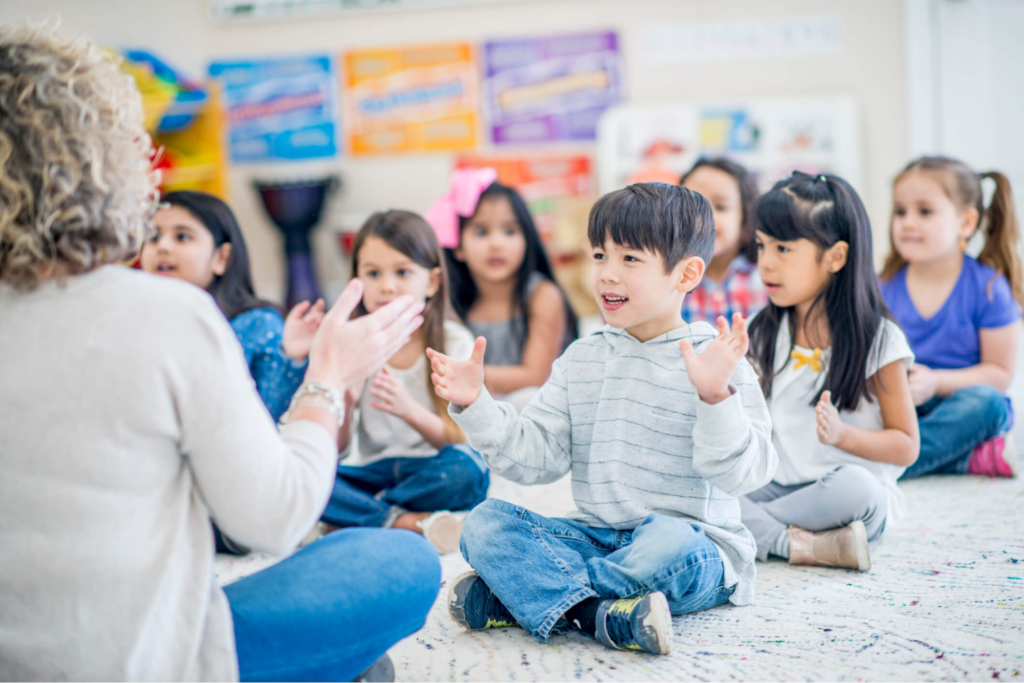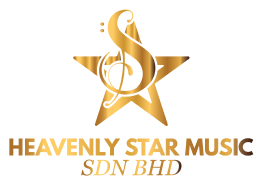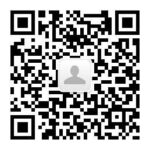

According to Kodály, singing is the best way to learn music because the human voice is the most natural instrument and singing is the most natural musical activity. According to Lois Choksy, a Kodály scholar ―He considered that folk music represented a living art. It was not contrived for pedagogical purposes. It already existed and fit well into a systematic scheme for teaching the concept and skills of music to young children.

Literacy is another important part of the method because Kodály believed that the only way to achieve high musical culture was through literacy. He used the term musical mother tongue, which referred to folk songs. According to James Madden ―By music literacy Kodály meant the ability to read, write, and comprehend music. A person should be able to understand music one has heard with as much clarity as though one were looking at a score; if necessary -and if time permits- one should be able to reproduce such a score.
There are four objectives of Kodály musical training (Choksy, 2001: 83):

1. To develop to the fullest extent possible the innate musicality present in all children
2. To make the language of music known to children; to help them become musically literate in the fullest sense of the word -able to read, write and create with the vocabulary of music

3. To make the children‘s musical heritage -the folk songs of their language and culture- known to them
4. To make available to children the great art music of the world, so that through performing, listening, studying, and analyzing masterworks they will come to love and appreciate music based on knowledge about music.







